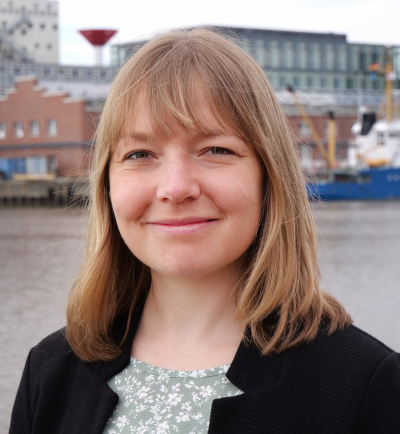- Home
- MARUM Research Seminar 2023
- Miriam Seifert
Simulating the future ocean: Towards an improved projection of phytoplankton biomass and community composition
The future fate of marine primary production and the role of the marine carbon cycling are projected by using global ocean biogeochemistry models, for example as a compartment of complex earth system models. These models, however, do not account for all aspects that have been identified in laboratory experiments to substantially shape phytoplankton growth responses to changing environmental conditions. More specifically, impacts of ocean acidification as well as the interactive effects between bottom-up drives (i.e., changes in one driver modify the responses to changes in another driver) are currently not considered in these models, albeit being extensively studied in laboratory experiments.

During my PhD, I developed a new parameterization for growth sensitivities towards alterations in the carbonate system based on a compilation of published results from laboratory experiments. Furthermore, I conducted a meta-analysis of dual driver experimental studies and implemented the findings of this study into our biogeochemistry model REcoM. In a high-emission scenario, projections of future phytoplankton biomass and community composition substantially differ between model versions with and without the new parameterizations. For some phytoplankton groups and regions, the direction of future biomass changes is even reversed. Modifications of growth responses to future conditions by the new parameterizations are especially large in the Southern Ocean, with pursuing consequences for biogeochemical fluxes. Altogether, these results highlight that current biogeochemistry models may miss out important information on changes in primary production in future projections if the effects of ocean acidification and driver interactions are not considered. In my talk, I will briefly introduce ocean biogeochemistry models for non-modelers, describe our modifications of the phytoplankton growth functions, and discuss what we can learn from our revised model about primary production in the future ocean.


